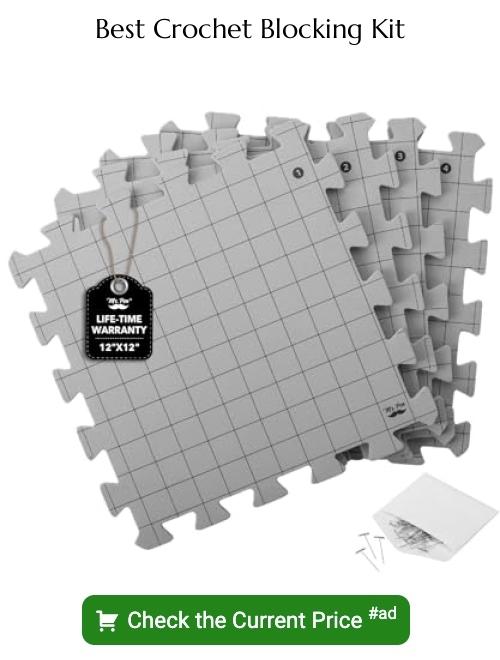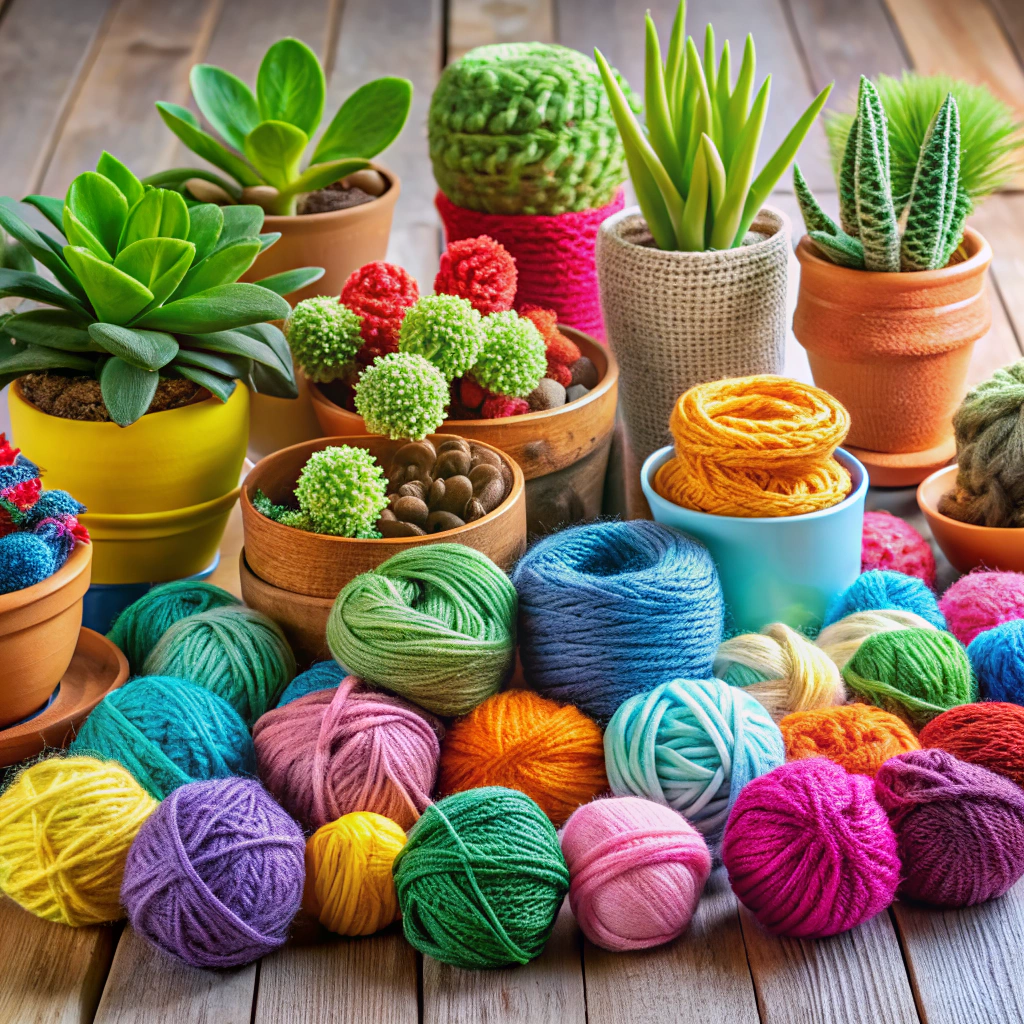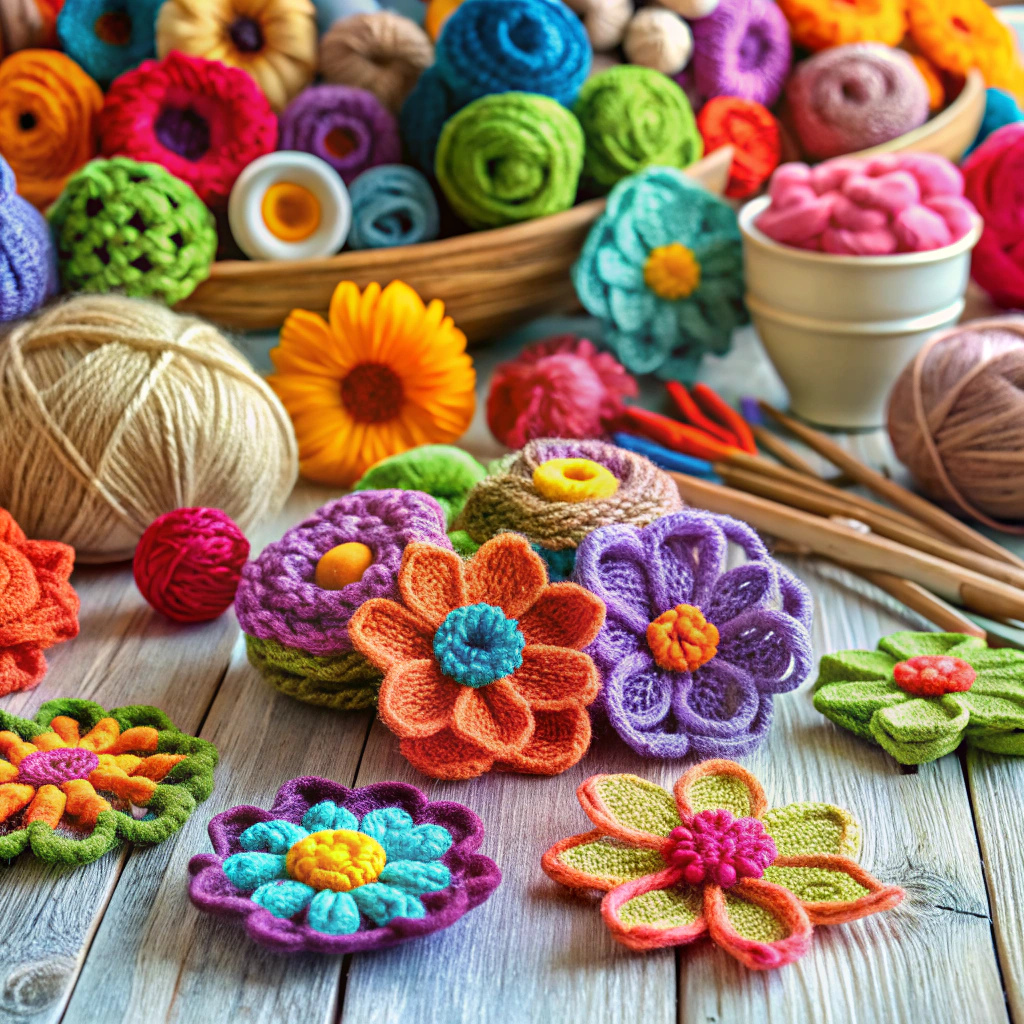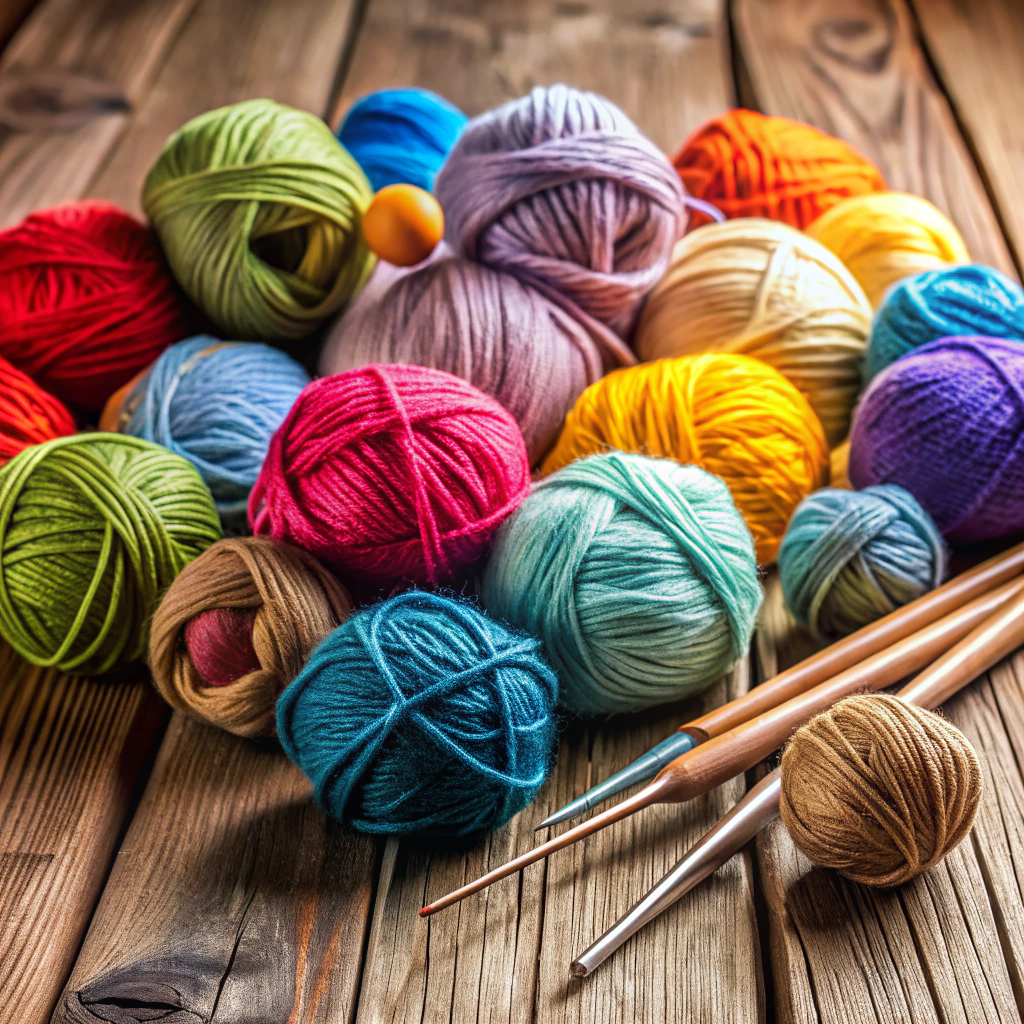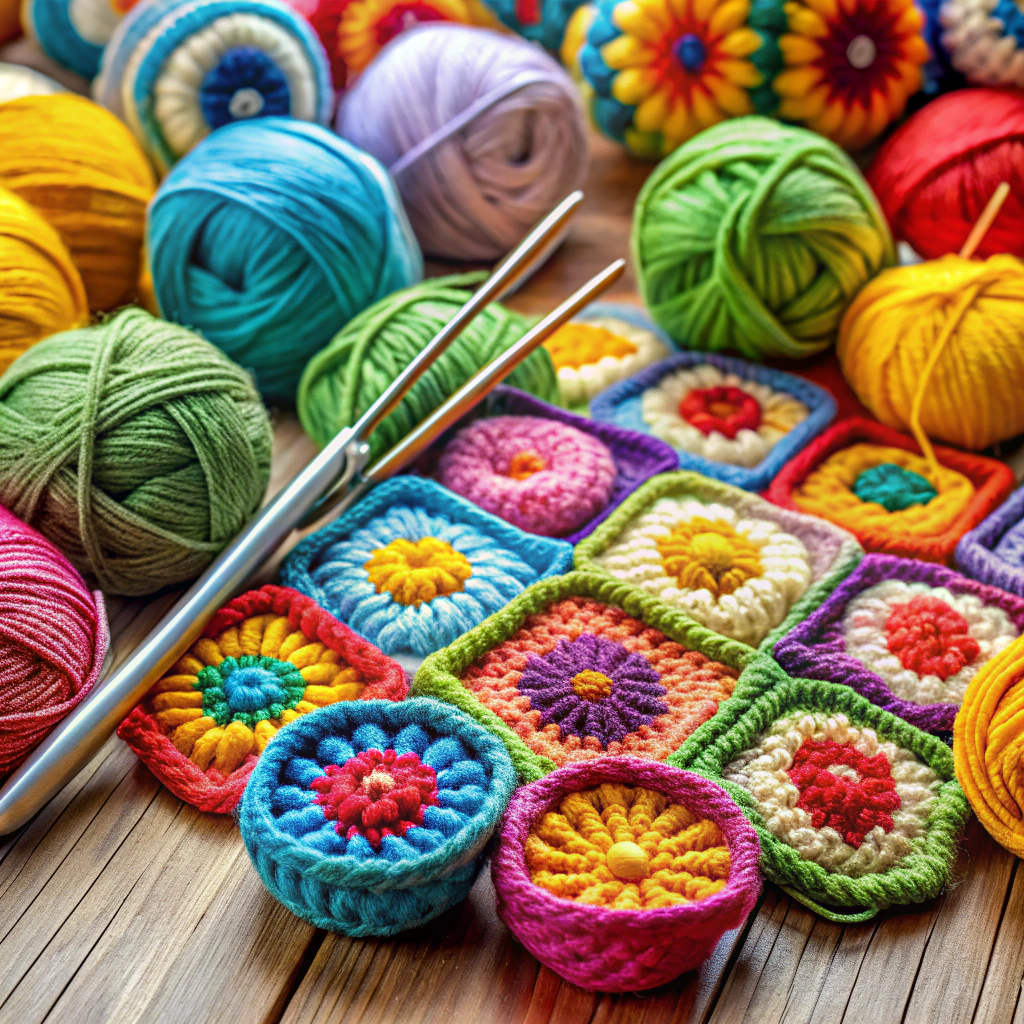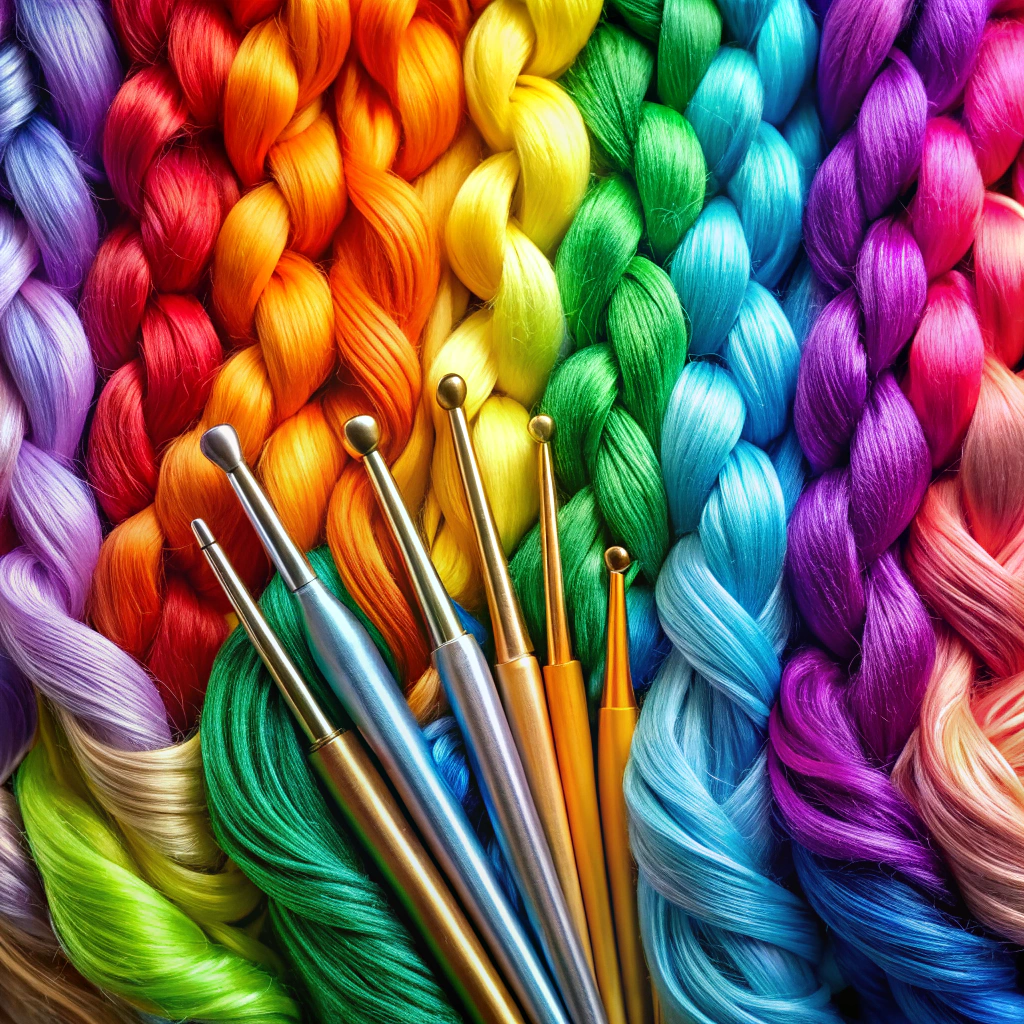Discover the common reasons your crochet circle is curling and learn how to fix it effortlessly.
Ah, the mysterious curling crochet circle—is there anything more vexing? Fear not, weary hook-wielder! With a dash of consistent tension, a sprinkle of the right yarn, and a pinch of hook wizardry, that spiraling stitch mess can transform into a flat, fabulous masterpiece. Dive in to find out why your circle’s doing the twist and discover solutions that will have it lying flat and behaving.
Key takeaways:
- Consistent tension is crucial for avoiding curling in crochet circles.
- Some stitches, such as double crochets and treble crochets, may contribute to curling.
- Choose lightweight yarn and natural fibers to reduce the likelihood of curling.
- Adjusting hook size can help control the tightness of stitches and prevent curling.
- Wet blocking and adding borders or edgings can help flatten out a curling crochet circle.
Incorrect or Variable Tension
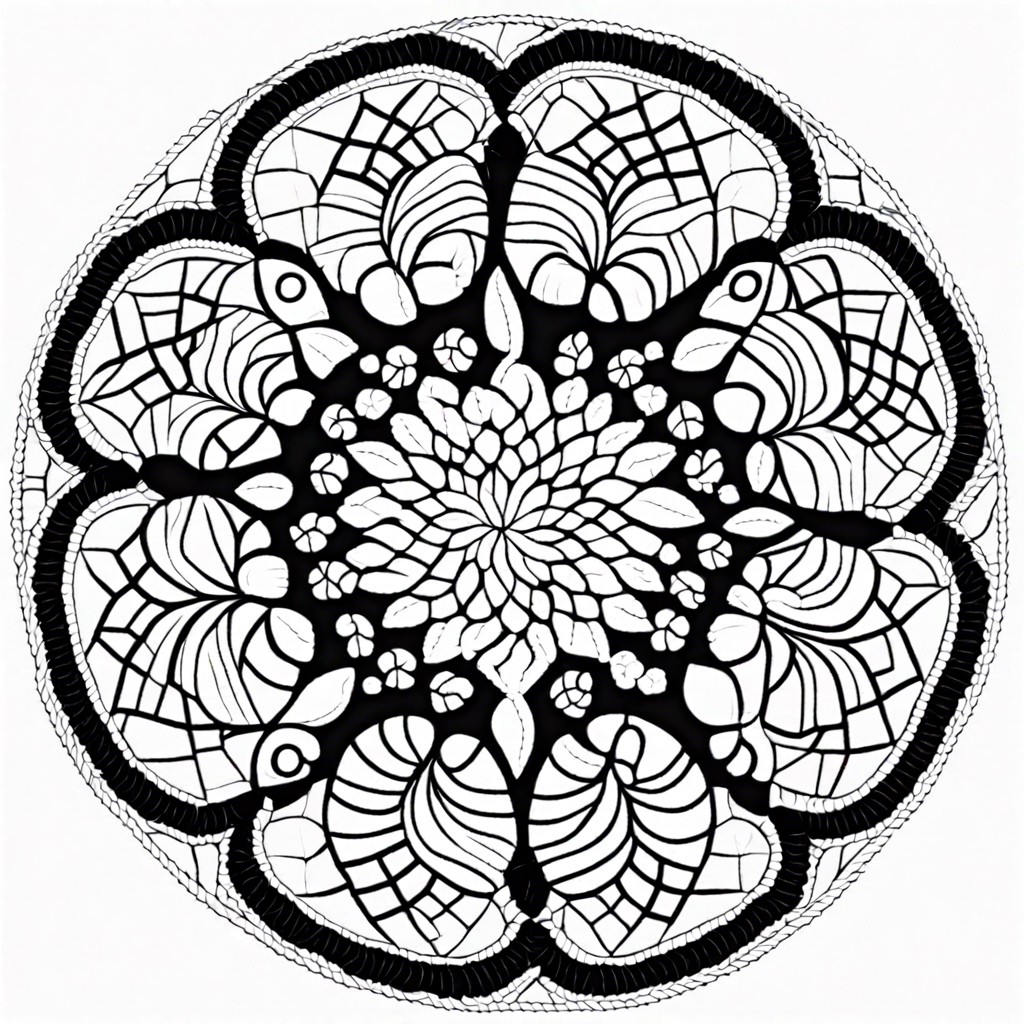
Tension plays a hooligan’s role in crochet circles. Too tight? Your circle starts curling up like a cat in a sunbeam. Too loose? You might end up with a floppy, not-so-circular creation.
Firstly, consistent tension is crucial. Your stitches should neither strangle your hook nor be as loose as a hammock.
Secondly, variable tension usually happens if your mood changes or distractions happen mid-project. Crochet while binge-watching can be risky!
Also, even seasoned pros have off days. If your circle starts curling, check your tension and adjust accordingly. Happy stitching!
Type of Stitch
Some crochet stitches have a natural propensity to curl more than others. For instance, the taller the stitch, the more it might curl. Double crochets and treble crochets have more height, which sometimes leads to a wavy, less stable edge.
Moreover, some fancy stitches, like puff stitches or clusters, can bunch up and cause the fabric to pull inward, creating that unwanted curl. This could happen especially if you’re mixing stitch types in your circle. Moving from single crochet to double crochet without adjusting tension can result in a less-than-flat masterpiece.
Lastly, intentional increases in each round must align with your stitch type. Forgetting a couple of increases, just like forgetting your car keys, can leave you circling back. Literally.
Maintaining Consistent Tension
Tension tantrums can make any circle curl up like a hedgehog! Keeping your tension even steers clear of that drama.
- Relax Your Grip: A death grip on your hook won’t do you any favors. Imagine you’re holding a baby bird, not strangling a chicken.
- Consistent Speed: Crochet like you’re cruising on an even road, not a roller coaster. Keep your stitching speed steady – slow zones or sudden rushes create uneven tension.
- Check Your Work: Pause every now and then to give your circle a reality check. Is it lying flat? It’s way easier to catch tension trouble early on.
- Same Spot Practice: Perfecting tension is like trying to find Waldo. Practice makes perfect, so crochet a few swatches in a single sitting. Muscle memory will soon kick in.
- Breathing Helps: Sounds silly, but face it, nobody does their best work while holding their breath. Take it easy and breathe naturally.
Stay zen, stay smooth, and your circle will stay flat.
Choosing Appropriate Yarn
Yarns come with a personality. Some are just more stubborn than others! Using yarn that’s too stiff or heavy can make your crochet circle curl up like it’s preparing for a snail race. Here are some key points to keep in mind:
- Lightweight yarn generally provides better drape, reducing the likelihood of curling.
- Natural fibers like cotton and bamboo are less likely to curl compared to synthetic fibers like acrylic.
- Consistency is key—stick to the same yarn throughout your project to avoid tension issues caused by mixed textures.
Trying out a few different types of yarn before committing can save you from a world of frustration. Remember, the right yarn can be the difference between a flawless circle and a curly mess.
Adjusting Hook Size
Sometimes all you need to do is switch up your crochet hook size to stop that circle from curling like a frightened hedgehog. If your circle is too tight, it might be because your hook is too small. Larger hooks create looser stitches, which can help your circle lie flat.
On the flip side, if your circle looks more like a mini sombrero, try a smaller hook. Smaller hooks will make your stitches tighter and more controlled, reducing the chance of your work puffing up.
Remember, it’s all about balance and finding that sweet spot. Experiment with different hook sizes until your circle behaves like the well-mannered piece of yarn art it’s supposed to be.
Wet Blocking Techniques
Grab that curling crochet circle and give it a spa day. Wet blocking is like a makeover for your stitches. Here’s how to do it:
First, fill a basin with lukewarm water and give your crochet project a good soak. Let it relax for about 20 minutes – it deserves it.
Gently squeeze out excess water, but don’t wring it like an old dishcloth. Treat it like a delicate sponge.
Lay the piece flat on a towel and roll it up like a sushi roll. Press to remove more water. Now, unroll and transfer your project to a blocking mat or another flat surface.
Pin it in place using rust-proof pins. Stretch it, but don’t channel your inner Hulk. Finagle it into shape. Those curling edges should now behave.
Let it dry completely. Depending on humidity, it might take a day or two. Be patient; think of it as the time it takes to brew the perfect cup of tea.
Voilà! Once dry, your crochet masterpiece should lie flat and look polished.
Adding Borders and Edgings
Adding a border or edging can work wonders to flatten out a rebellious crochet circle. Think of it as giving your circle a nice, firm handshake.
Firstly, experiment with a simple single crochet edging. This can stabilize the outer stitches and help shape your circle into a flatter form.
If single crochet doesn’t cut it, try adding a round of half-double or double crochet stitches. These taller stitches offer a bit more structure.
Another trick is to throw in some decorative stitches, like picots or shells. Not only do they look fabulous, but they can also pull and tuck the circle into compliance.
Lastly, consider increasing your stitches slightly more in the final row of your border to avoid puckering and ensure a smooth finish.
All these techniques can transform your crochet circle from a rebellious spiral into a tidy, well-behaved piece.
